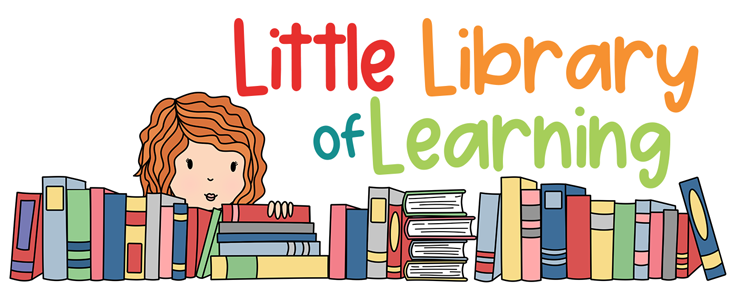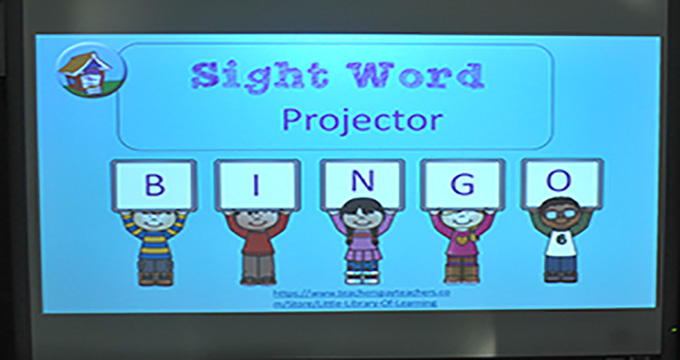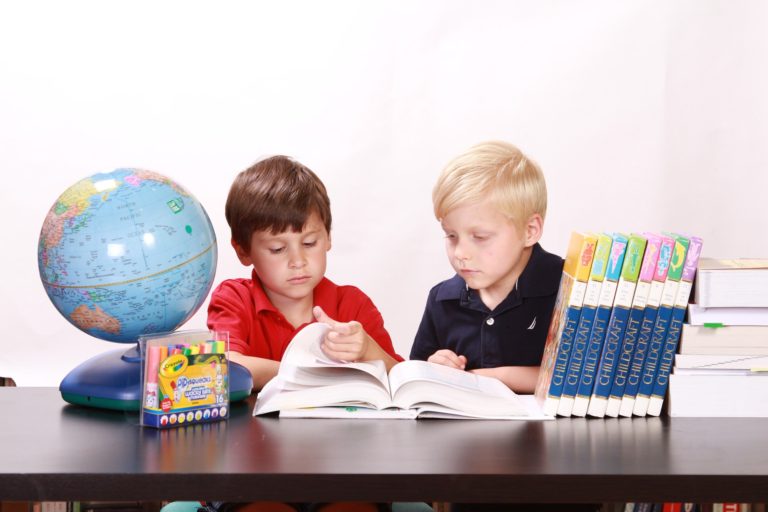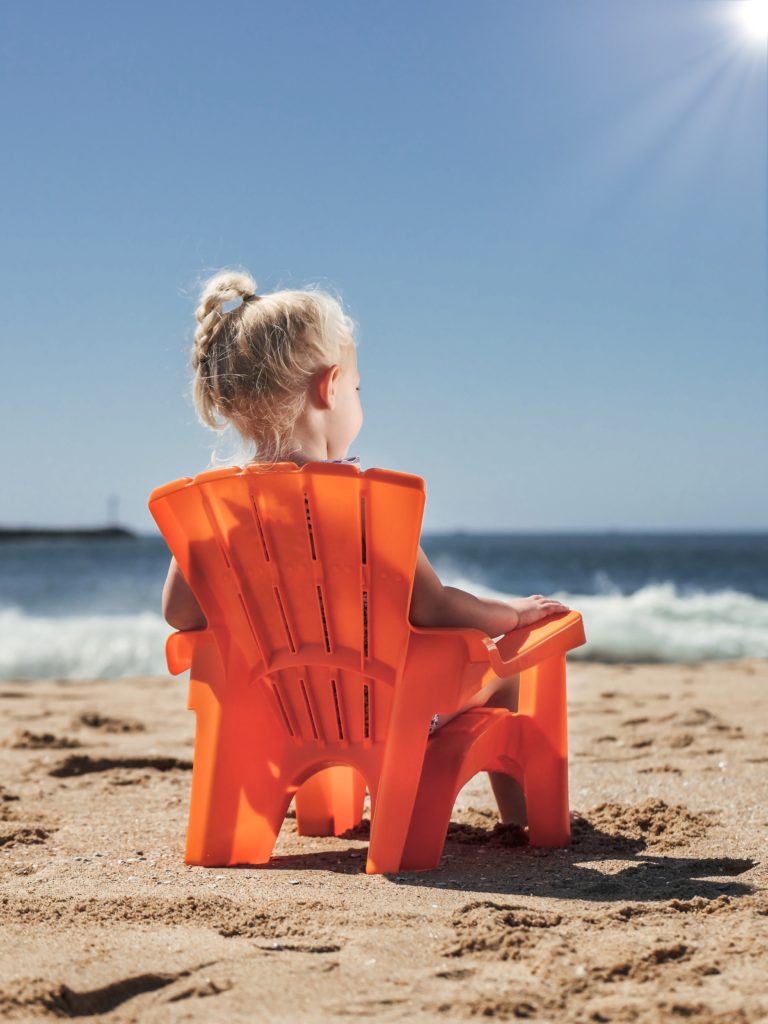Do You Teach about Caldecott Medal Books?

Are your students familiar with Caldecott Medal books?
Every year, the American Library Association awards the Caldecott Medal to the artist of the most distinguished American picture book for children. It is named for Randolph Caldecott, a famous 19th century illustrator. The medal was designed in 1937 by René Paul Chambellan and depicts one of Caldecott’s illustrations for The Diverting History of John Gilpin, showing Gilpin on a runaway horse.
The Caldecott Medal Is an Award for Illustrations
The Caldecott Medal is actually given to the illustrator, not the author. There is one gold medal awarded each year and several silver honors.
I always do a Caldecott lesson with my students. I show them both the gold and silver medal books from past years, pointing out the different styles of illustrations. This would be a great lesson to do in conjunction with the art teacher. Or, have the kids do a craft in library using one of the illustration styles.
It’s All Black and White
I start by showing them books that are illustrated in monotone, either black and white or shades of blue or brown. They realize they don’t have to use every crayon in the box to create a beautiful picture. Titles include Make Way for Ducklings, Blueberries for Sal, both by Robert McCloskey or Kitten’s First Full Moon by Kevin Henkes. Black and White, by David Macaulay, actually demonstrates four simultaneous stories illustrated with black and white things (cows, newspapers, etc).
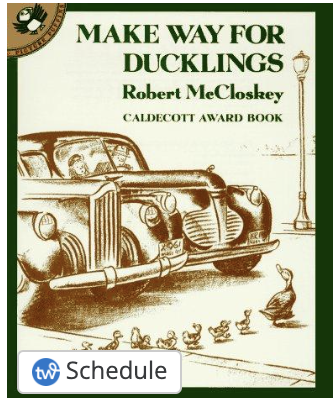
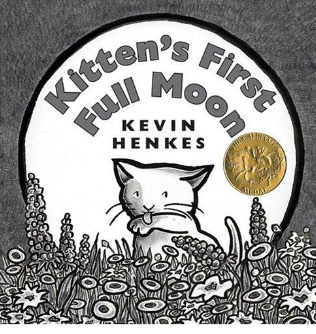
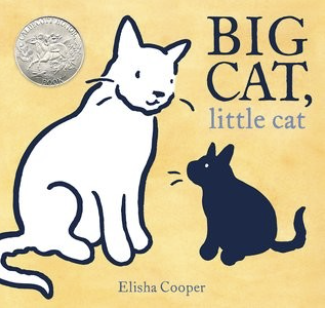
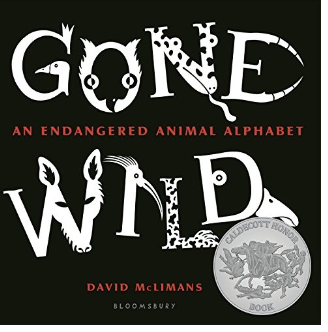
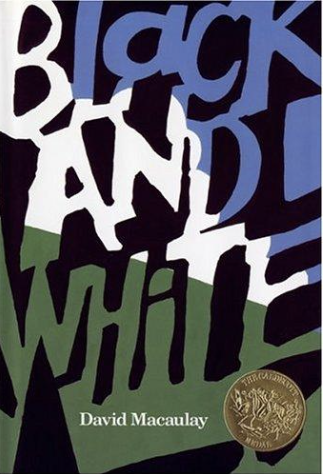
Then, we look at books that have one or two dominant colors, such as Olivia by Ian Falconer, or The House in the Night by Susan Marie Swanson (Beth Krommes illustrator). The use of limited colors spotlights important parts of the illustrations.
On the other hand, some books have a rainbow of colors, such as Freight Train by Donald Crews, where the colors blend together as the train goes faster and faster. In Arrow to the Sun by Gerald McDermott, the book begins with hot desert colors of rust and orange and progresses to brilliant colors as the Pueblo boy approaches the sun.
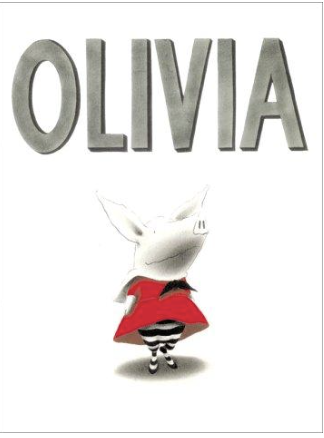
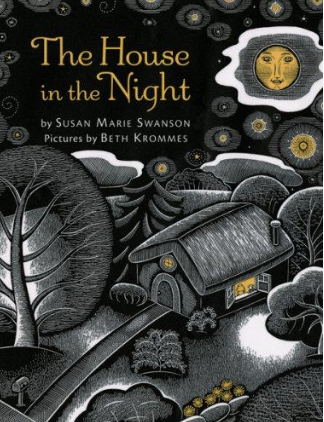
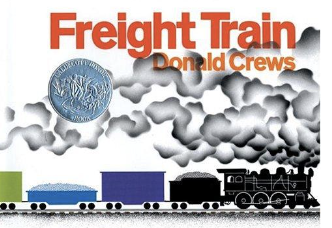
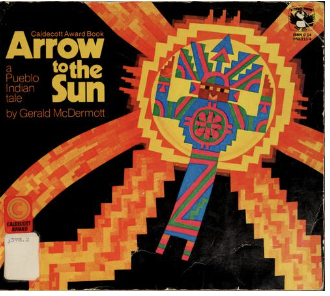
Caldecotts Feature a Variety of Artistic Styles
Various illustrators use different artistic techniques and media, too. Some employ realistic paintings, such as Mufaro’s Beautiful Daughters by John Steptoe or Grandfather’s Journey by Allen Say.
Others use cartoon-like images, such as Click, Clack, Moo, Cows that Type by Doreen Cronin (Betsy Lewin, illustrator) or If I Ran the Zoo by Dr. Seuss. Kids love David Shannon’s books. He uses humorous childlike drawings in No, David.
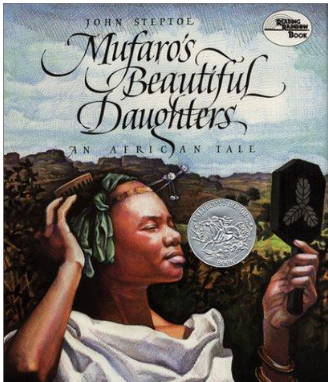
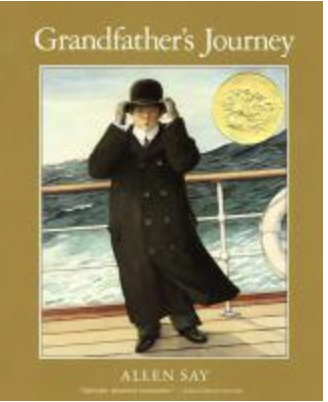
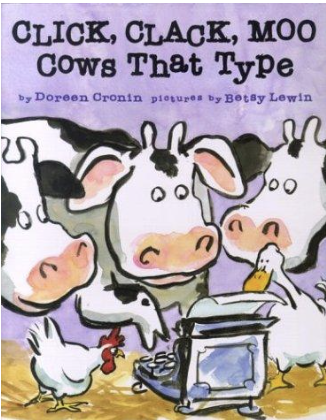
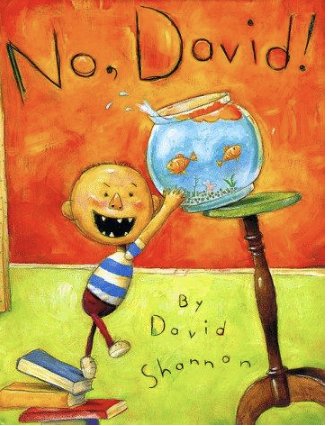
Or, cut paper collage, as in Alexander and the Wind-up Mouse by Leo Lionni. Walter Dean Myers’ son, Christopher Myers, also used cut paper collage in Harlem.
In Smoky Night by Eve Bunting, David Diaz creates his backgrounds with photos of collaged items such as matchsticks and plastic wrapping. I actually have to tell the kids that the items are not glued into the book! Casey at the Bat by Ernest Thayer (Christopher Bing illustrator) is told in a scrapbook style. This is one book you can use with your baseball-loving 4th and 5th graders. I stand on a chair and declaim the poem like an announcer (no, you are not allowed to stand on chairs in the library … only me).
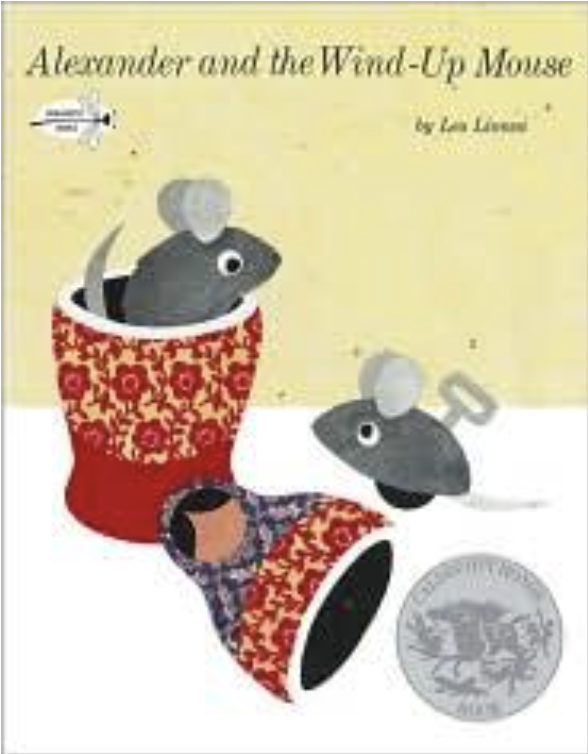
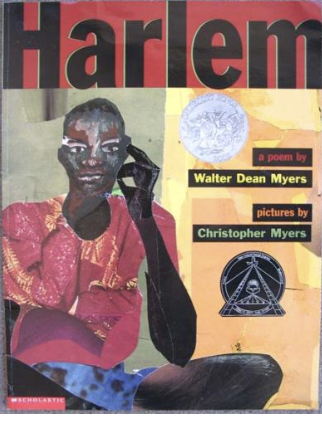
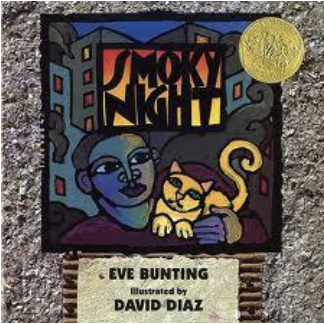
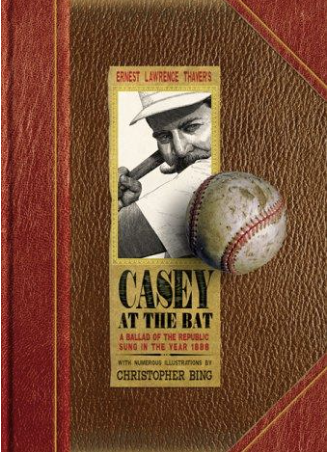
In Song and Dance Man by Karen Ackerman, artist Stephen Gammell uses colored pencils and Emily Arnold McCully uses impressionistic watercolors in Mirette on the High Wire. The Three Pigs by David Wiesner literally breaks the literary frame by having the big bad wolf blow the pigs out of the book! There is even a blank page (I explain to the kids that this is not a printing mistake).
Multimedia Creations
Some artists combine techniques, using a variety of media. For example, in Knuffle Bunny, Mo Willems uses black and white photographs of city streets for backgrounds and layers cartoons on top of them. In Alphabet City, Stephen T. Johnson captures letter shapes in photos of street scenes.
Simms Taback uses die cuts in several of his books, including Joseph Had a Little Overcoat. The man cuts up his old coat into a vest, a scarf, a handkerchief, etc. Each garment peeks through a cut-out in the preceding page.

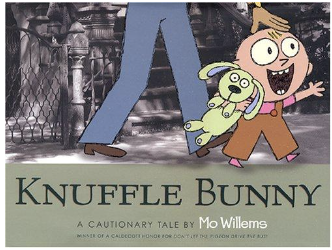
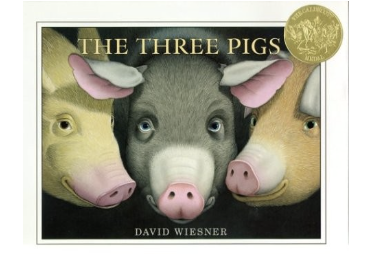
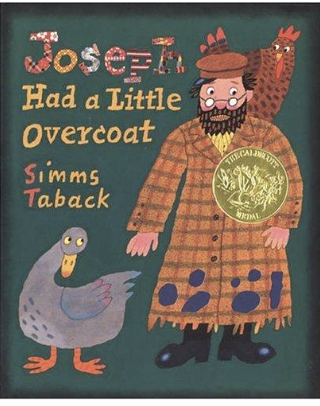
Our kindergarteners go on a field trip to the public library each year (or as one kid told me “the real library,” LOL). The librarians are astounded that my five-year olds not only clamor for gold or silver medal books, but know the word, “Caldecott.”
I keep the Caldecott books on display for weeks after my lesson. They fly off the shelves! Gold and silver medals … the Olympics of children’s publishing!
Sign up for email and blog updates and receive this free activity as a thank you!
